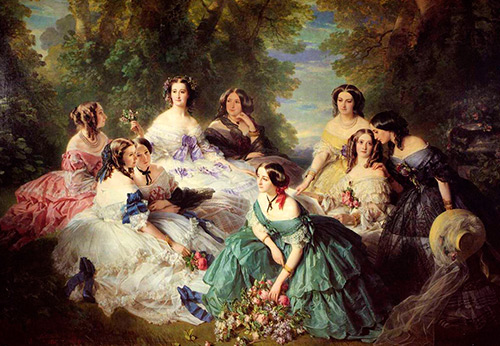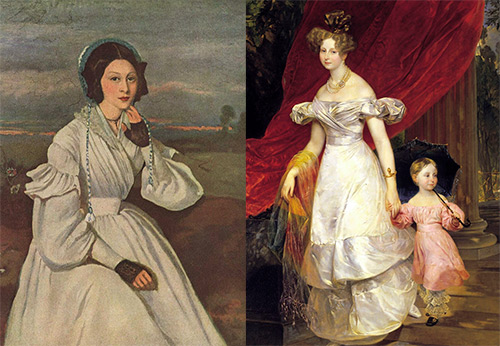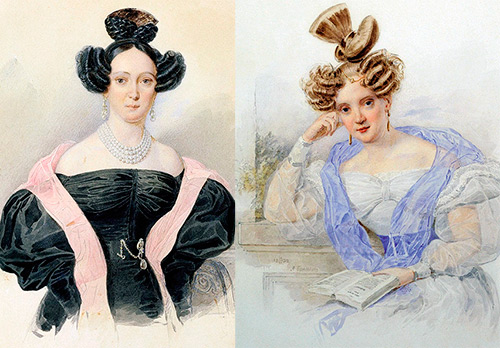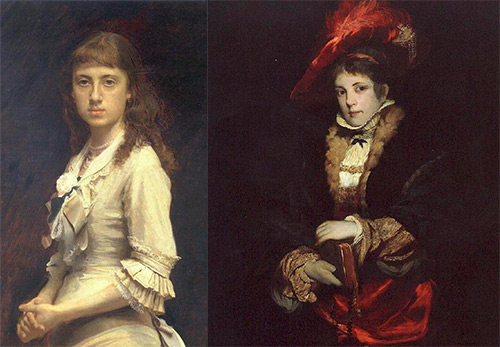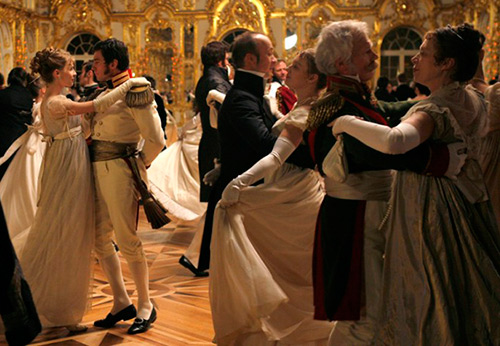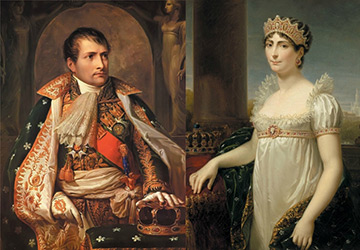Beautiful dresses
Biedermeier dresses and fashionable suit
The most interesting and unusual period in the fashion of the 19th century was during the dominance of the Biedermeier style in Europe. This style in European costume existed almost in parallel with style romanticism in the 1820-1840s.
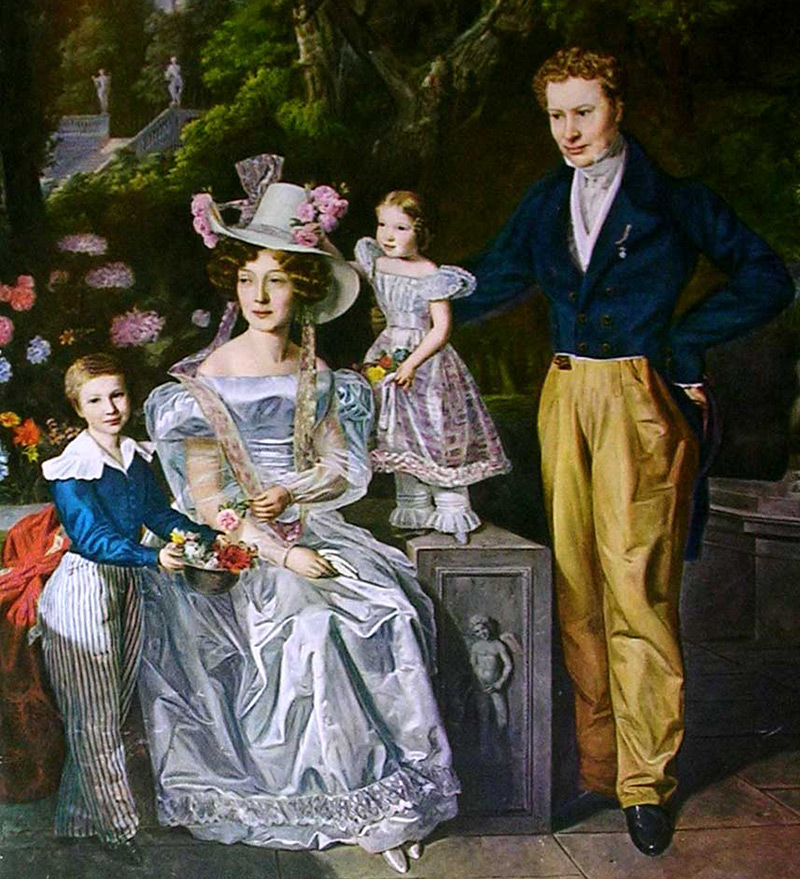
F.G. Waldmüller
"Family in the Park"
Austria is considered the birthplace of the Biedermeier style. The very name of the style comes from the collective pseudonym of several poets of the 19th century - Herr Biedermeier. Under the given pseudonym of the poets von Scheffel, Ludwig Eichord and Adolf Kasmaul, parody poems were published in German-language magazines.
The purpose of such parodies was to play a trick on the poems of ordinary graphomaniacs (small traders, provincial teachers), with letters from which all editorial offices of the first half of the 19th century were literally inundated.
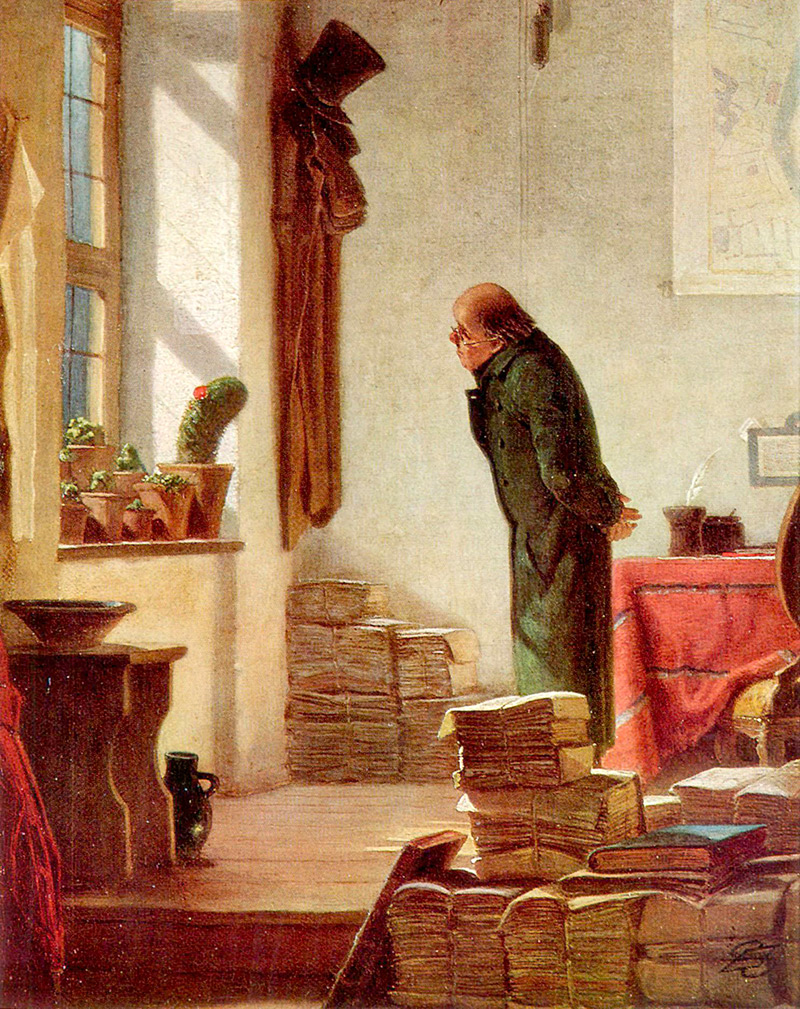
Karl Spitzweg
"Friend of the Cactus" (1856)
The lonely official returned home, only a cactus awaits him at home ...
The Biedermeier style is an urban style. The style of the 19th century burghers. So, in the paintings of this period, residents of cities appear at work, on a walk, on vacation. For example, paintings by the German artist Karl Spitzweg. Or the Gallery of Beauties by the artist Josef Stieler - portraits of both princesses and ordinary townspeople. This series of paintings was created by order of Ludwig I - King of Bavaria.
In Russian art, the Biedermeir style can be attributed paintings by Vasily Tropinin - for example, "Zolotoshveika" or "Lacemaker".
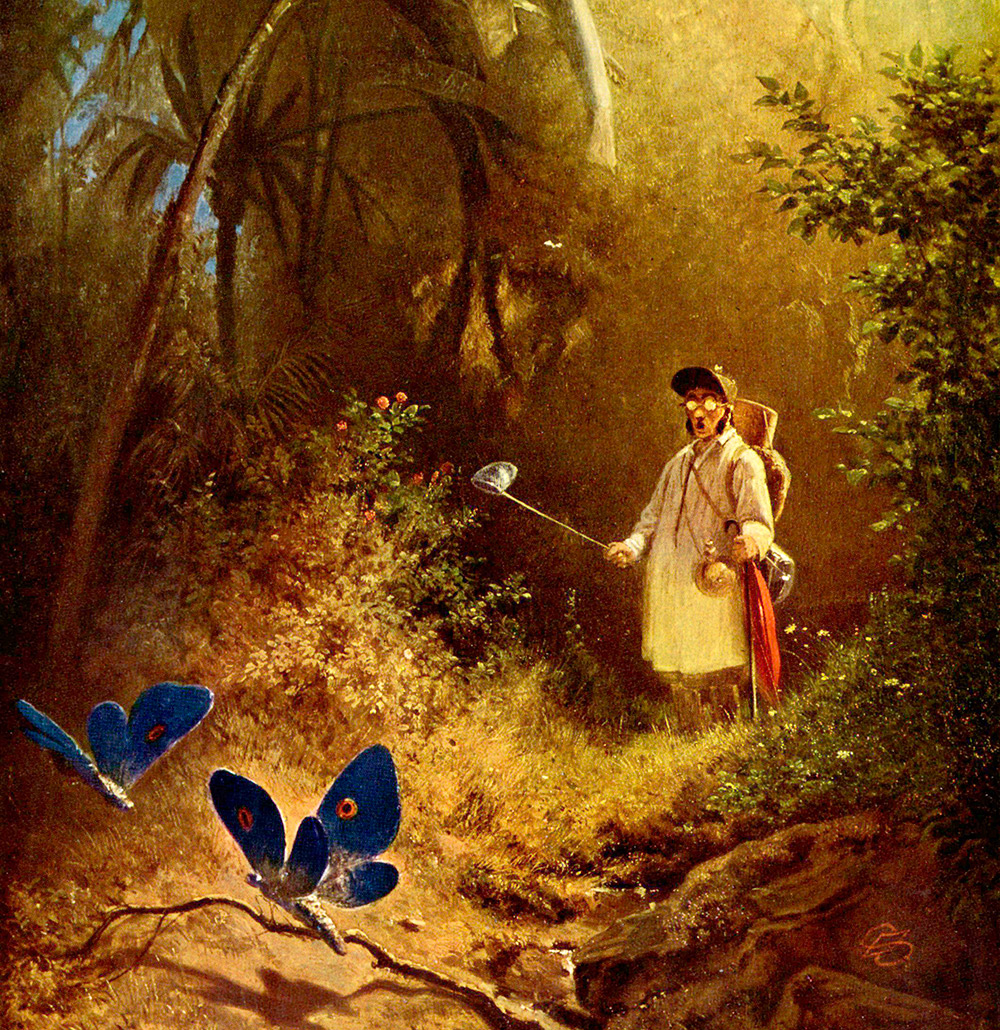
Karl Spitzweg
Butterfly Hunter (1840)
The Biedermeier style is a cozy style of city dwellers who value work, but who are already able to afford luxury. The interiors in the Biedermeier force give home comfort - these are light wallpaper with a floral pattern, upholstered furniture covered with chintz fabrics and stuffed with horsehair, simple beds that have lost canopies, and many pots with indoor plants.
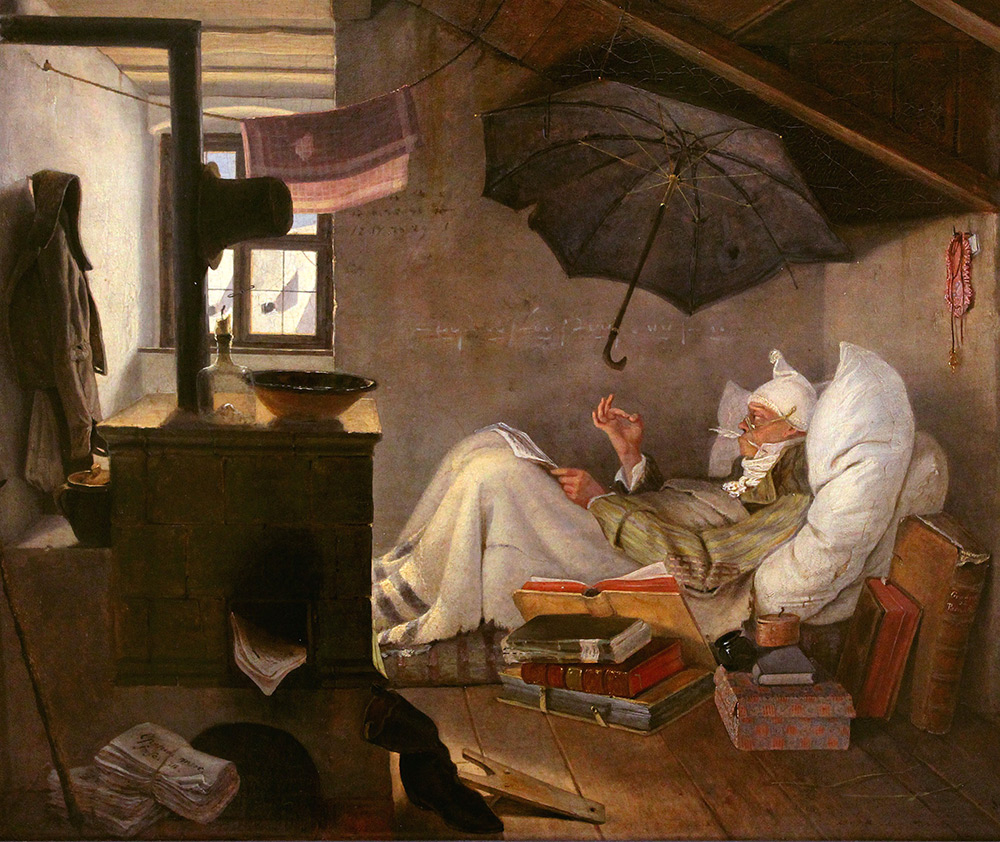
Karl Spitzweg
The Poor Poet (1839)
The Biedermeier style was most widespread in German-speaking countries.
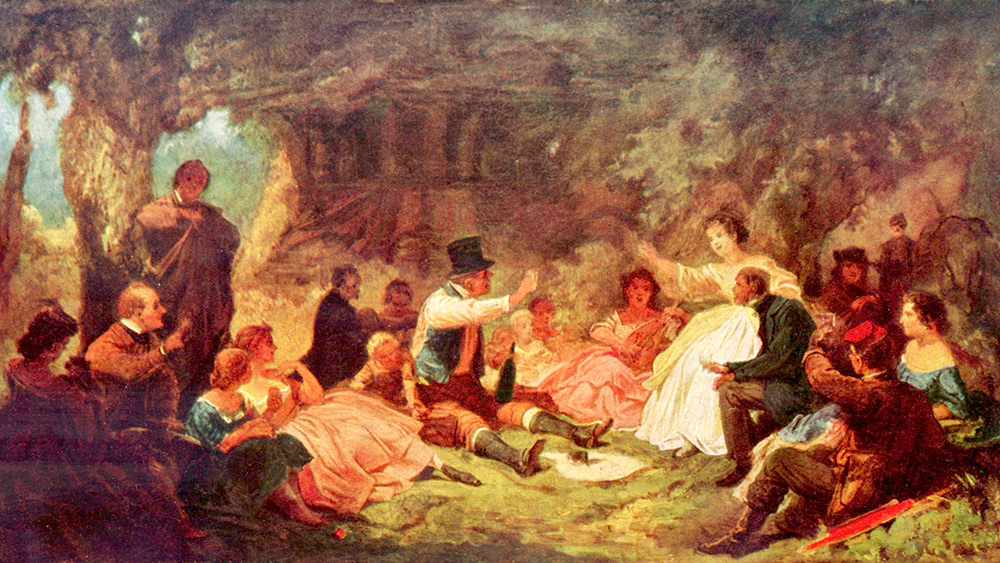
Karl Spitzweg
"Picnic"
As for the costume in the Biedermeier style, the most striking features of the costume in this style can be seen on the example of women's dresses of the first half of the 19th century. While in a men's suit, the Biedermeier style is very similar to the romanticism style.
Biedermeier style dresses
The dress in the Biedermeier style was somewhat reminiscent of a balloon - the same round and voluminous. And this is hardly accidental - the first balloons flew into the sky just in the 19th century. And their passengers were not only men, but also brave ladies in their uncomfortable outfits.
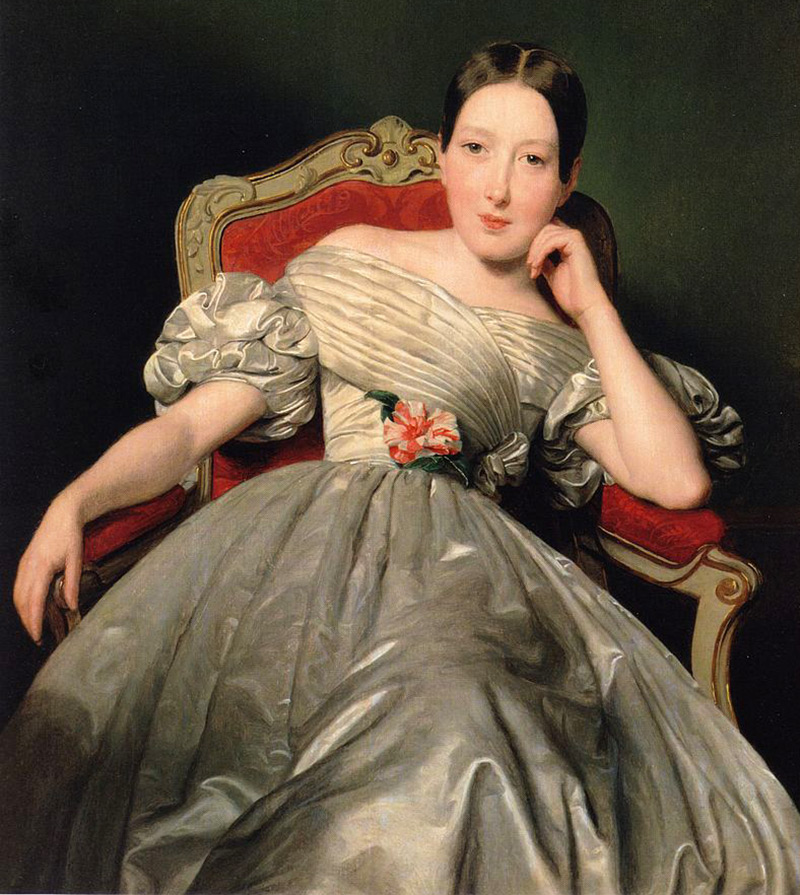
F.G. Waldmüller
Female portrait
Biedermeier-style dresses have always had a wide fluffy skirt. Special rollers were sewn into it to give it a rounded shape. At the same time, there were no frames under the skirt. There were also no many petticoats.
In the days of the Biedermeier style, women completely dispensed with one underskirt and sewn-in bolsters. Also, the skirt of dresses of this style becomes a little shorter - it does not cover the ankles of the legs. An impermissible liberty for those times.
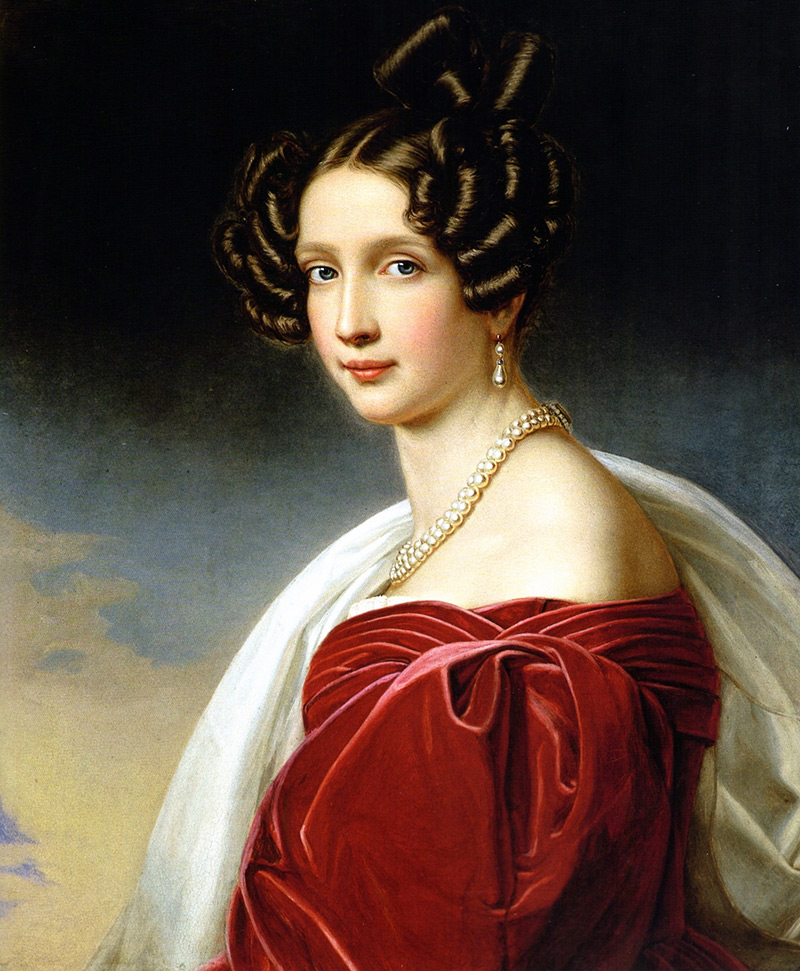
J.K.Stieler
"Sophia of Bavaria" (1832)
Ballroom dresses of the Biedermeier style were necessarily with a neckline and open shoulders. With such dresses, they wore expensive shawls made of Kashmir wool, which were brought to Europe from India. The classic combination is a white dress and a red shawl. By the way, as for the colors of the Biedermeier style dresses, girls most often wore dresses of lighter colors, and women - dresses of dark colors.
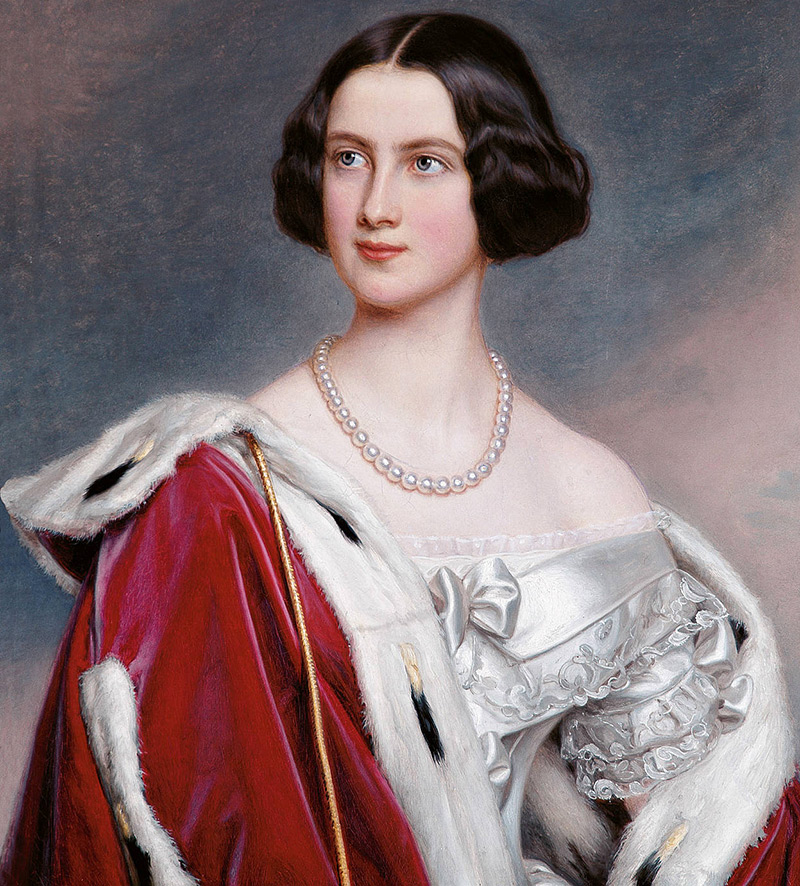
J.K.Stieler
"Maria Frederica of Prussia" (1843)
The sleeves of the ball gowns were short and long gloves were worn with them. There is always a belt at the waist - with a bow or a buckle. The purpose of the belt is to visually emphasize the thin waist.
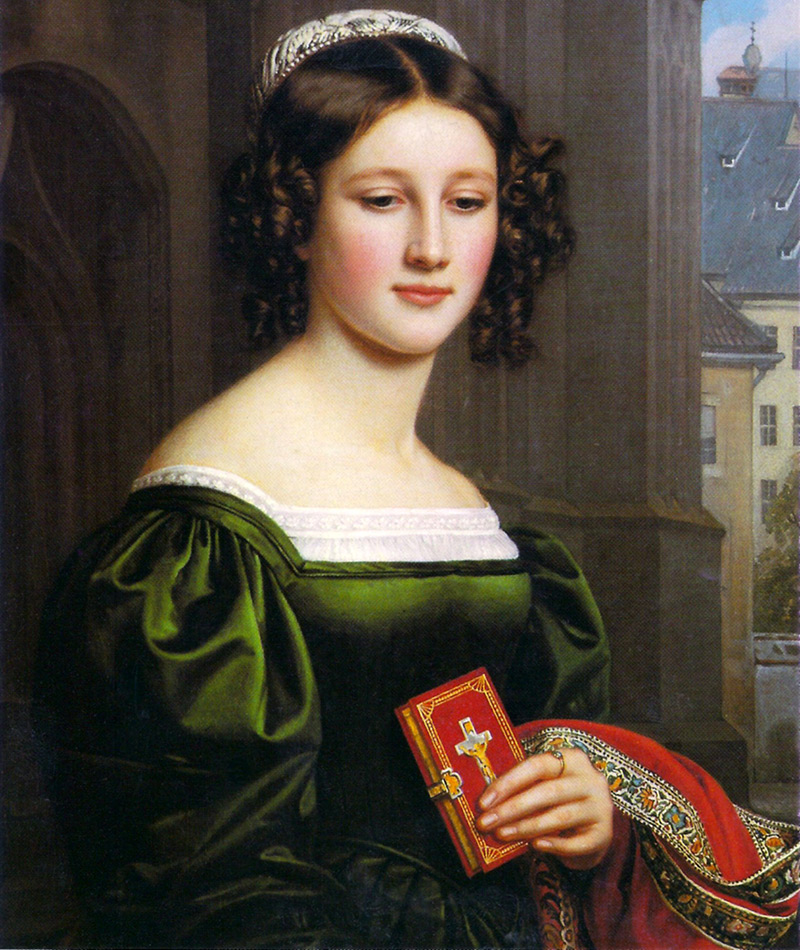
J.K.Stieler
"Anna Hillmaer" - the daughter of a meat merchant (1829)
Everyday dresses did not have a neckline. The sleeves of these dresses were long. Short gloves were worn with casual dresses, as well as sun umbrellas - aristocratic pallor is in fashion. Lace kerchiefs could be thrown over the shoulders. The so-called fishy headscarves. On the head is a bonnet hat.
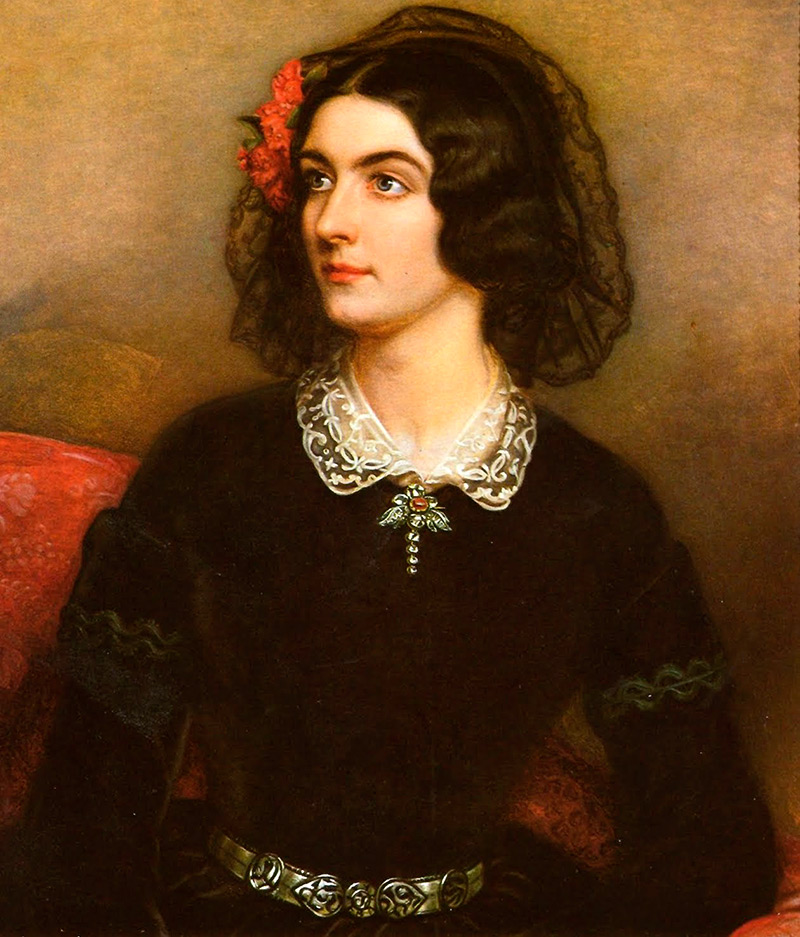
J.K.Stieler
"Lola Montes" - dancer and also the lover of King Ludwig I of Bavaria (1847)
Biedermeier hairstyles were also memorable. Most often asymmetrical, with loops and hair bows. And also with whipped and curled curls.
About sleeves
Special attention should be paid to the sleeves of Biedermeier style dresses. The sleeves of these dresses have always been wide and voluminous.
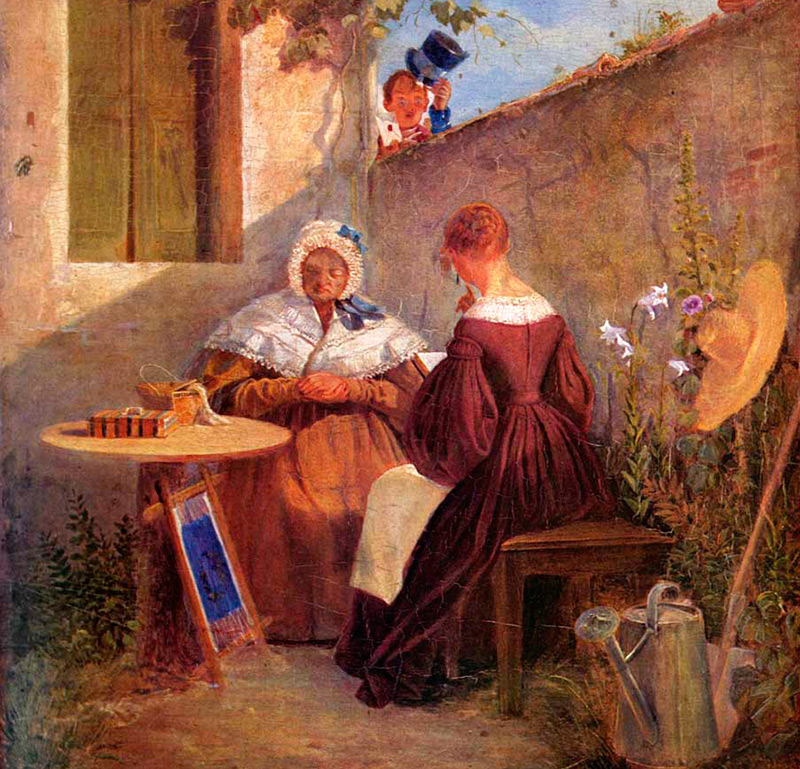
Karl Spitzweg
"Love Letter" (1845-46)
Very often the sleeve of the dress consisted of two parts. Ball gowns had an inner sleeve - short, tight and lined with fluff or cotton. The upper sleeve of ball gowns could be long and sewn from translucent fabrics or lace.
But most often, ball gowns were with short puff sleeves - a voluminous lantern sleeve ending with a cuff.
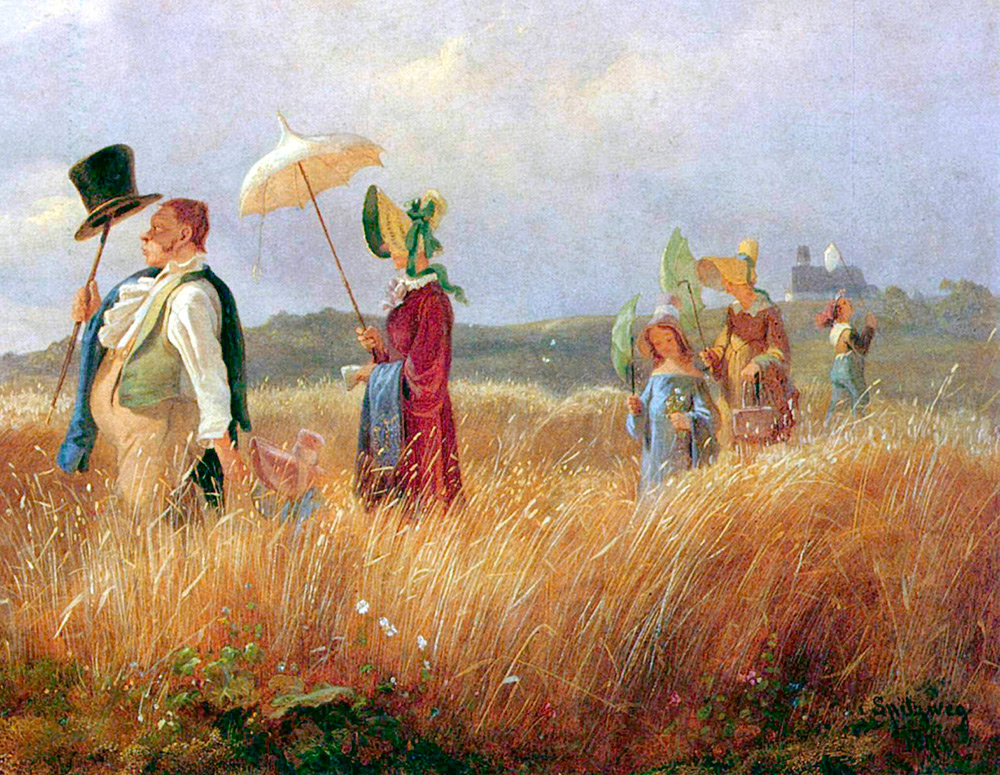
Karl Spitzweg
Sunday Walk (1841)
Dresses with gigot sleeves were also worn - a very wide sleeve at the shoulder and gradually tapering to the cuff at the elbow or wrist. In Russia, such a sleeve was jokingly called "ram's leg".
Casual dresses most often had a simple one-piece sleeve, into the upper part of which a whalebone was sewn into the upper part to add volume.
Biedermeier style men's suit
A distinctive feature of the male Biedermeier style costume is its silhouette, which partly repeats the silhouette of the female costume of this period. Namely, broad shoulders and a narrow waist. Otherwise, the men's suit was in many ways similar to the men's romantic style suit.
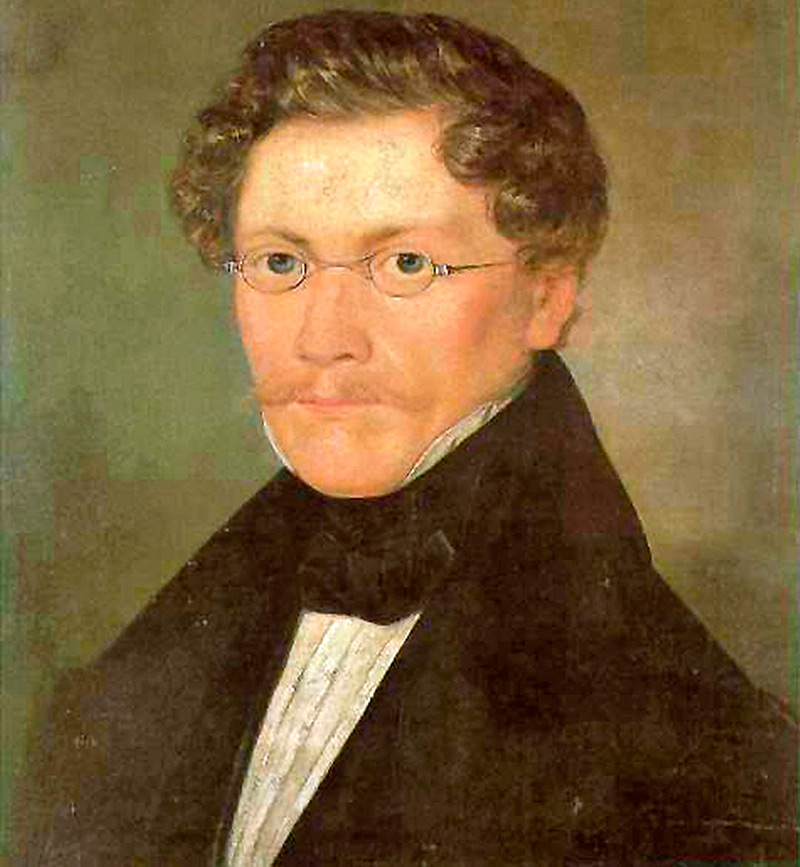
Karl Spitzweg
"Self-portrait"
Tailcoats in the Biedermeier style were sewn strictly at the waist. At the same time, sewn shoulder pads and a wide sleeve in the upper part were attached to the tailcoat. Very often, due to the cotton lining of the tailcoats, they were enlarged on the chest.
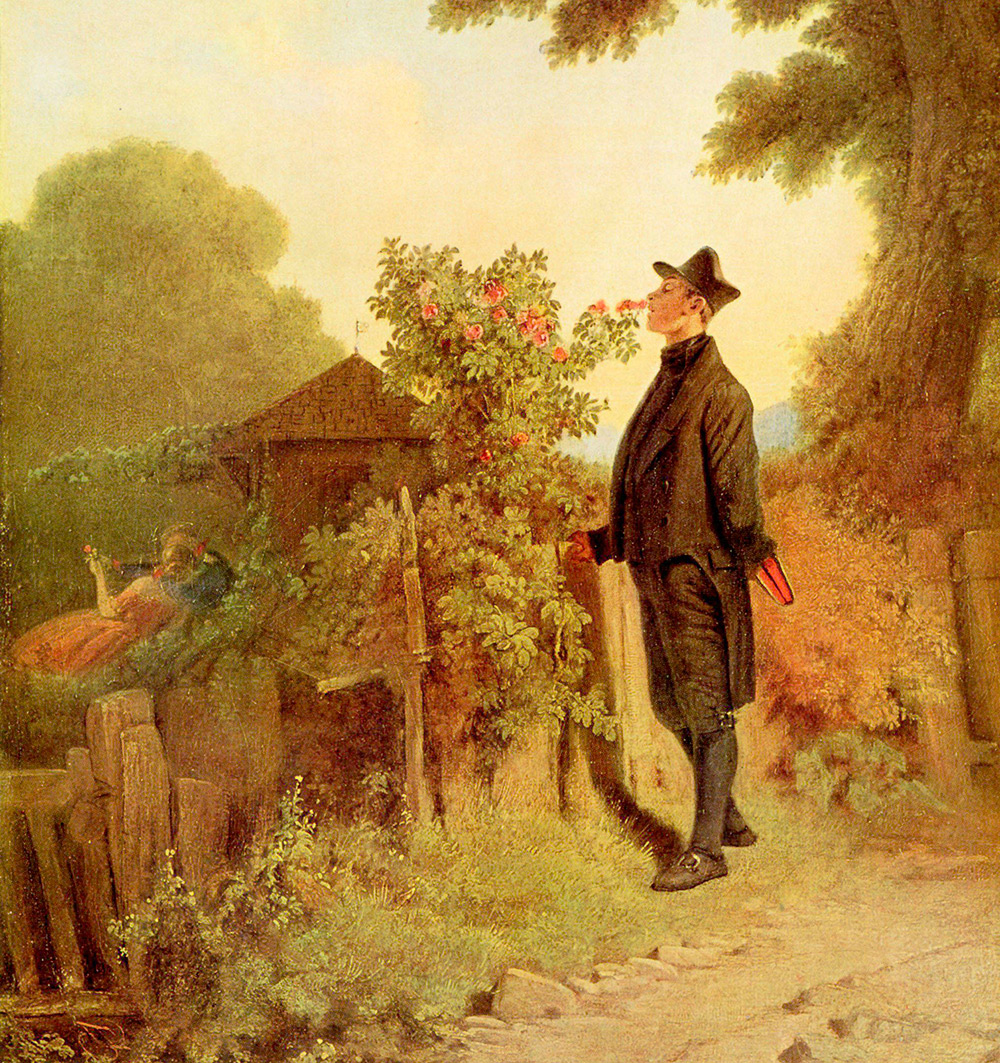
Karl Spitzweg
"The smell of roses"
Lighter trousers and vests were worn with a tailcoat. If the tailcoat was dark, then the vest could be bright. Very often red vests or striped and checked vests were worn. Striped or checkered fabric was used not only for sewing men's vests, but also for sewing everyday women's dresses.
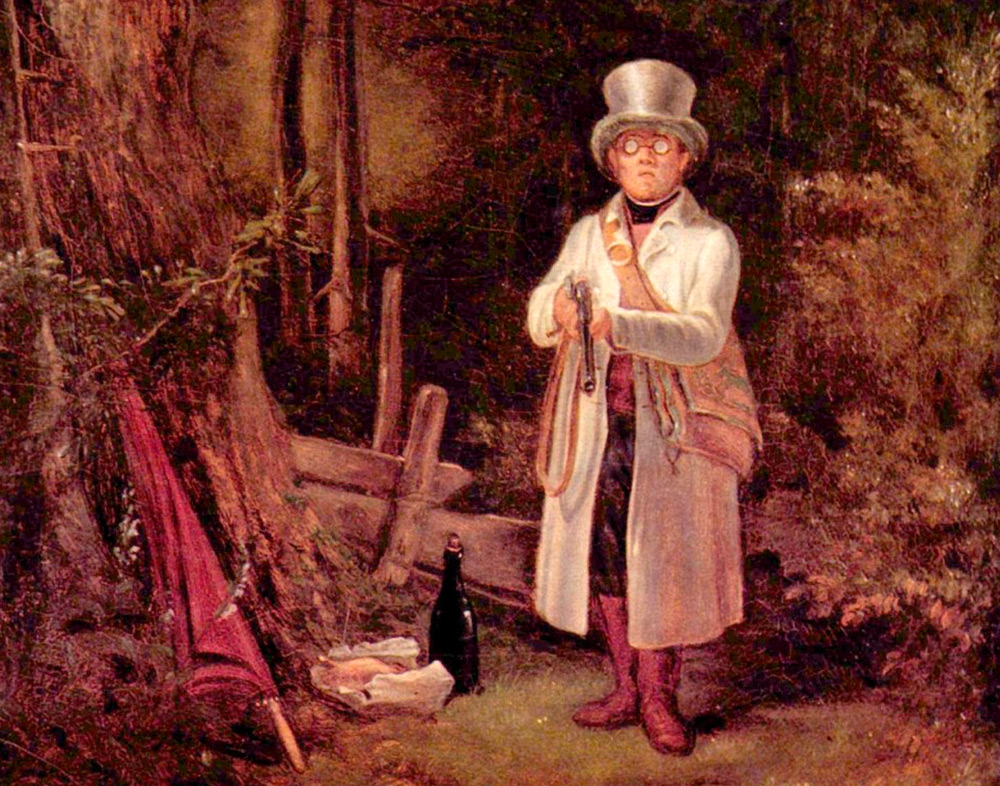
Karl Spitzweg
"Sunday Hunter" (1845)
A coat during this period is most often worn as outerwear. Top hats, walking sticks, gloves, scarves, curls and sideburns are in fashion, which is in line with dandy fashion.
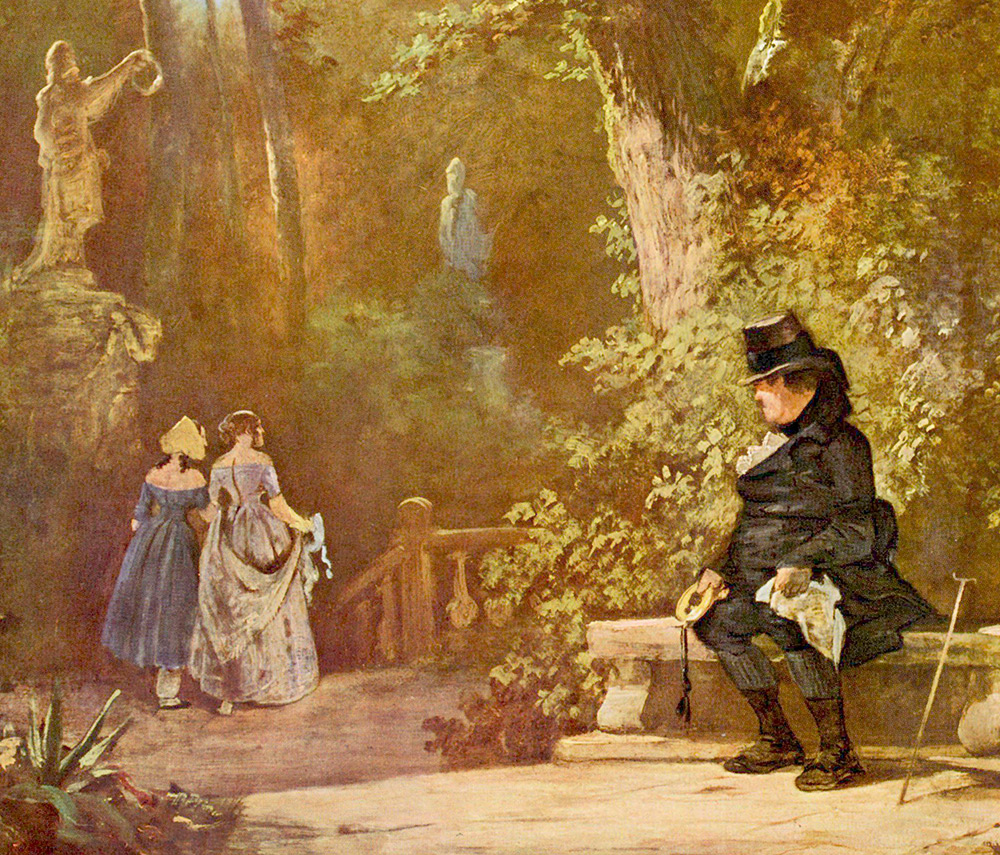
Karl Spitzweg
"Widower"
One of the fashionable novelties of that time was the English havelock cloak. Cloak - sewn of cloth and with a bright contrasting lining. This cloak did not have sleeves, but there was a cape and slits for the arms. The cloak was voluminous and was often worn for going to the ball, since the tailcoat did not wrinkle under it.
Comments and Reviews
Add a comment
Similar materials
Rating news
Shades of clothing that make women look younger
What shades of hair make women younger: rules and photos
Funny wedding dresses - photos and ideas
12 most expensive down jackets for the winter
How to look 25 at 40: tips from supermodels
Beautiful schoolgirls
Anti-aging haircuts and hairstyles for women
Fashionable skirts for autumn and winter
Fashionable women's trousers for the cold season
Fashionable and stylish sandals for summer 2024
Spring-summer 2024
 Fashionable dresses and tops with thin spaghetti straps
Fashionable dresses and tops with thin spaghetti straps
 Bandana tops: how to wear stylishly and beautifully
Bandana tops: how to wear stylishly and beautifully
 How to put together the perfect men's wardrobe for the summer
How to put together the perfect men's wardrobe for the summer
 Fashionable shorts for spring-summer 2024
Fashionable shorts for spring-summer 2024
 Fashionable skirts for spring-summer 2024: a guide to online shopping
Fashionable skirts for spring-summer 2024: a guide to online shopping
 The most fashionable dresses spring-summer 2024: styles and colors
The most fashionable dresses spring-summer 2024: styles and colors
 Fashionable total look 2024: image ideas and trends
Fashionable total look 2024: image ideas and trends
